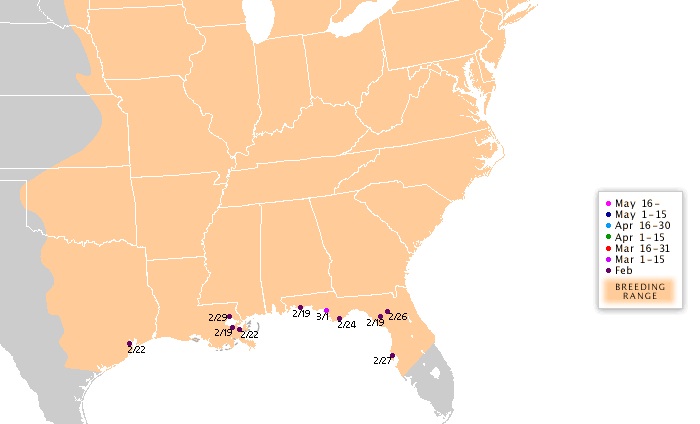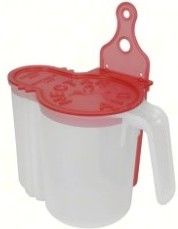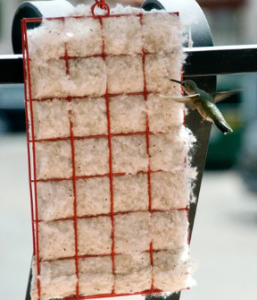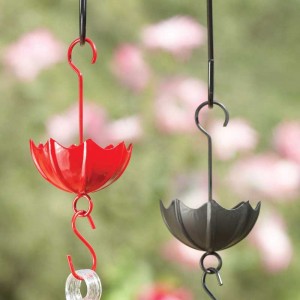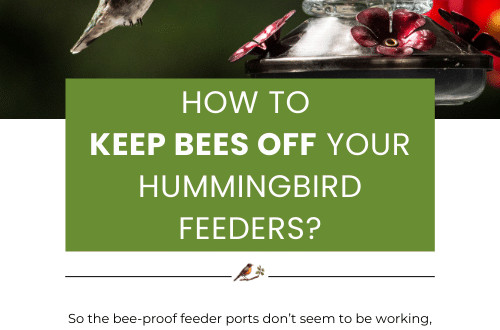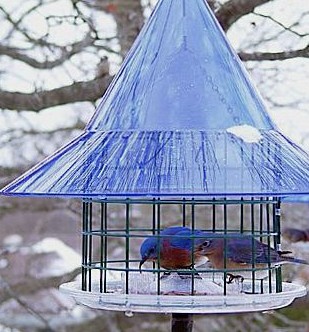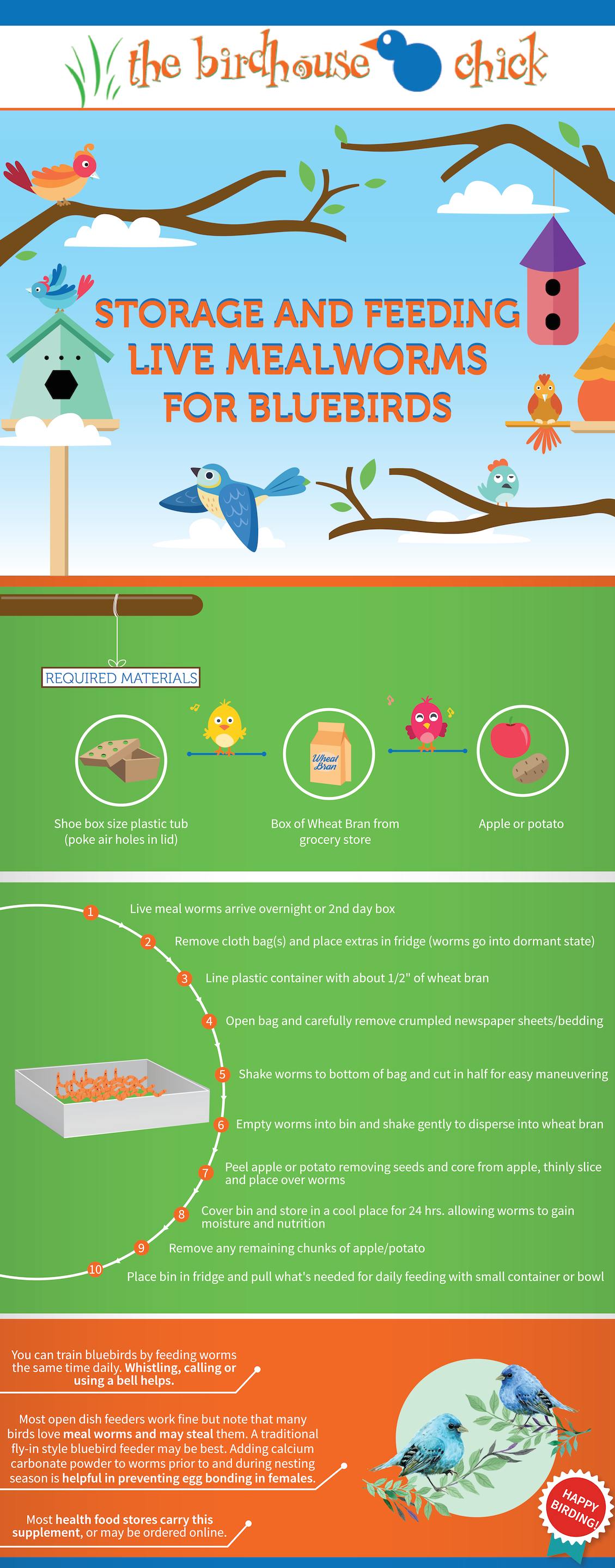-
We Have Touch-Down! Time to Prep Hummingbird Feeders
It’s official… Ruby Throat Hummingbirds have landed along the panhandle and are headed your way!
For the 2016 season, reports show the tiny sprites have made their way to land in their usual spots along the Gulf of Mexico. Possibly a little early this year? It seems we’re always surprised by Mother Nature’s targeted timing, regardless of weather. They’ve journeyed far, some along land masses and some over water, but you can bet all are tired and hungry once they arrive.
Fat reserves have been depleted during migration, so they’re definitely on the hunt for immediate food sources. Luckily this winter has been kinder than previous ones, so some natural food sources may be available in the deep south. Feeders, feeders and more hummingbird feeders is what they’re seeking! Returning to most of the spots they frequented last year, hummingbirds are known for site fidelity. They come back to the same yards (summer breeding grounds) if habitat was good to them last time! Amazingly enough, even the juveniles from last season know to return to the same place.
Now’s the time to dig out feeders from storage and give them a good cleaning. Maybe even time for a new feeder if there was too much fuss over territory last year? Placing one feeder in the front and one in the back may feed more hummingbirds than two feeders within site of each other because some can be such bullies!
A few tips to make it the best season ever:
If you don’t already, vow to make your own nectar, it’s never been easier! Pure cane (table sugar) and water is all, it’s best for birds and your wallet too.
This handy self-measure pitcher lets you make perfect nectar every time without even measuring – so now there’s really no excuse! Mix and store in one container, no measuring cup, no spoon, no ratios to remember… simple as can be!
Offer nesting material that’s made especially for hummingbirds, it’s even endorsed by The Hummingbird Society.
Other birds may also partake, but Hummer Helper is proven to bring more sprites to your feeders because once babies fledge, they’ll learn to feed from nectar sources.
Ants got you down? Hummingbirds get bummed out too! A really small one-time purchase will save batches of nectar from spoiling in feeders. Just one ant ruins the entire contents. They must emit something really awful?
Keep your ant moat filled with water and keep the pests at bay (because ants can’t swim). Your hummingbirds will thank you.
Welcome back little ones… so many folks are eagerly awaiting your return!
-
Put Some Live Ones in that Mealworm Feeder
So you’ve put up the house, but no bluebirds. Then you try every conceivable bluebird treat on the planet, but still no blues. You know they’re in the area, the color and song are unmistakable. So why aren’t they coming to your place?
Habitat is, and will always be a key factor when trying to entice feathered friends. Bluebirds do prefer open spaces, with perching spots from where they can swoop and hunt insects. Fresh water in a birdbath (a consistent and clean source) is a big one. Birds who may not use feeders still require water. Shelter and cover (evergreens, trees & shrubs) are very important for protection from predators and the elements. Food is the other key part, and if you want bluebirds, it may take their very favorite… live mealworms!
You can finally attract bluebirds and keep them coming back by offering live worms. Creepy, crawly? Maybe just a little at first, but ya get used to it fast 🙂 Handling and storing live worms is simple! The graphic below shows what to do when they arrive and how to keep them fat and happy.
Mealworm feeders range from open dish-style, fly-ins and covered tray-types, to the small kitchen bowl on your deck rail, clay saucer on the porch, and even a plastic container tacked to a tree! Fancy feeder not required… just some improvisation. And we promise, the bluebirds don’t really care as long as worms are easily accessible for them (and not every other bird in the yard). Yes, mealies are extremely popular with many of the backyard avian crews! Should you discover too many other birds stealing worms, a caged or fly-in type feeder may be better suited. But if you’re a little bird-crazy like us… then everybody gets some worms 🙂
-
Yes, They’re Already Scouting Bluebird Houses!
It may seem like spring’s a ways off, but as far north as New England, bluebirds are on the move to pair off, claim nest boxes & territories and start their broods!
Photos by David Kinneer… with many thanks for sharing these amazing shots! To visit his awesomely inspiring bluebird images and slideshows, head over to SmugMug… it’s most definitely worth your time!
The image above shows the wing wave or wing tip and it’s one of the advanced ways bluebirds communicate with each other. Especially during courtship (happening now) it’s almost an animated signal that says “Come check this nice bluebird house and let’s pair up!” Of course the Mrs. will have to inspect and approve the new digs before the deal is sealed.
Now’s also the time when young blues who fledged last spring start getting kicked around by parents. No more big happy families when it comes to nesting, all bets are off. Parents will chase their own sons and daughters from territories they claim for the season. A little sad to watch but all part of Mother Nature’s pecking order (no pun intended).
David’s galleries include images/slideshows of many bluebird scenarios, from weather to predators, fledging babies and feeding, it’s truly remarkable and so informative through his images only (nothing to read).
With natural nesting places disappearing- real estate is tough out there for bluebirds and other cavity dwelling birds. Offering a safe place to raise young is both helpful and rewarding. By safe we refer to suitable housing (preferably Bluebird Society Approved) and the commitment to be a responsible landlord. If house sparrows are prevalent in the area, it’s best to avoid putting up a bluebird house just to let them nest… they’re a bluebirds’ nightmare.
The website Sialis.org offers a wealth of information that’s easy to understand and follow. In fact, you might get hooked there too! Between David’s bluebird gallery and Sialis… well, there went the night! Happy Birding 🙂

